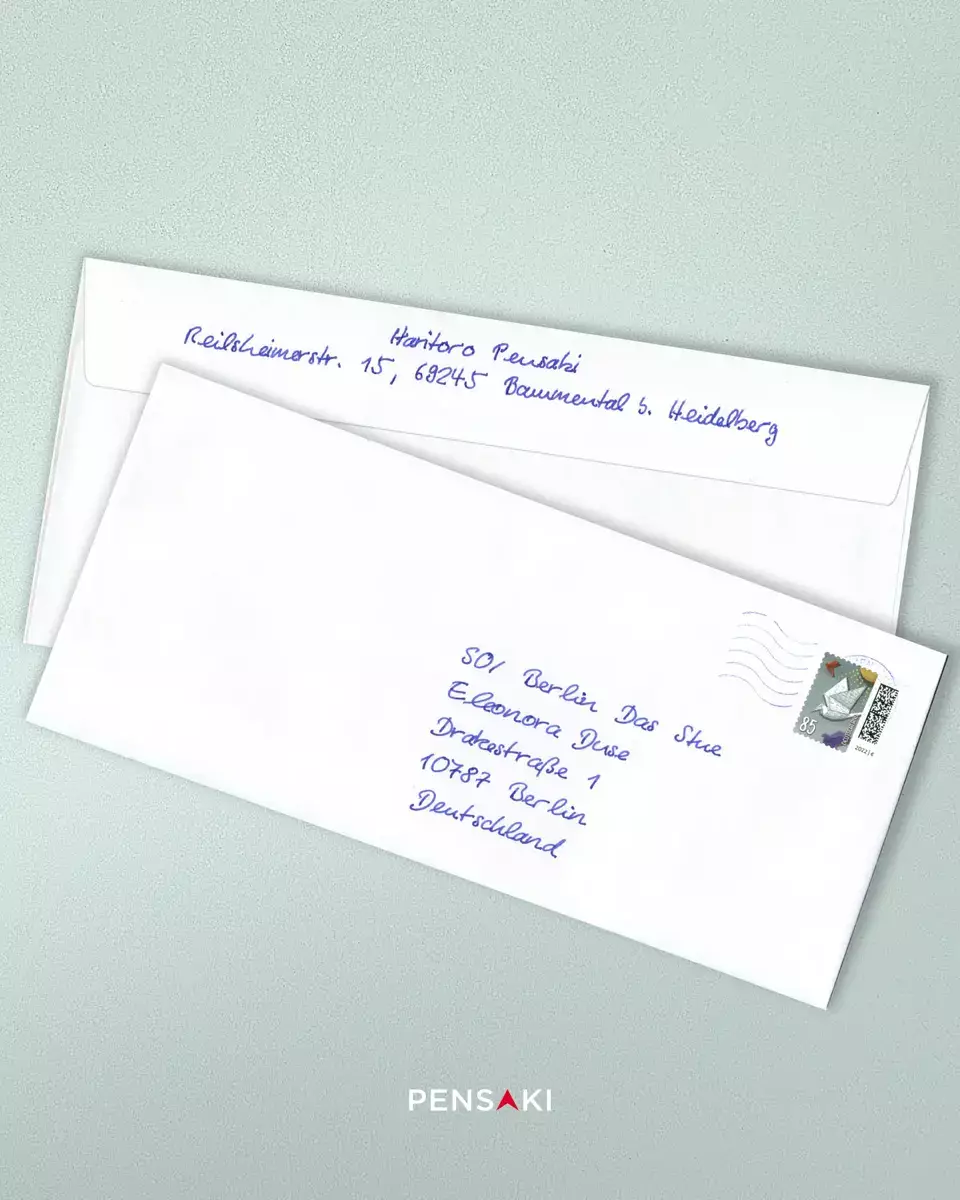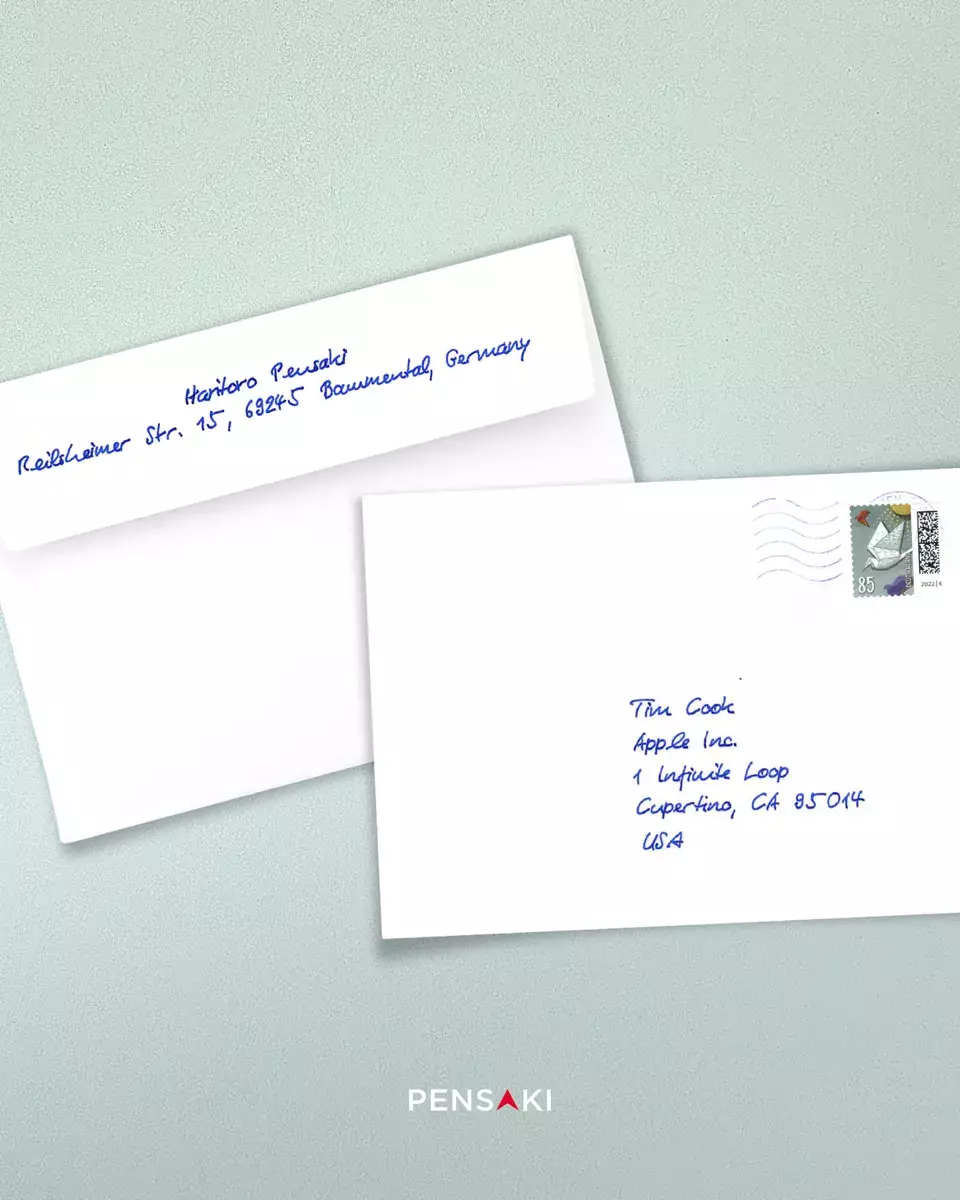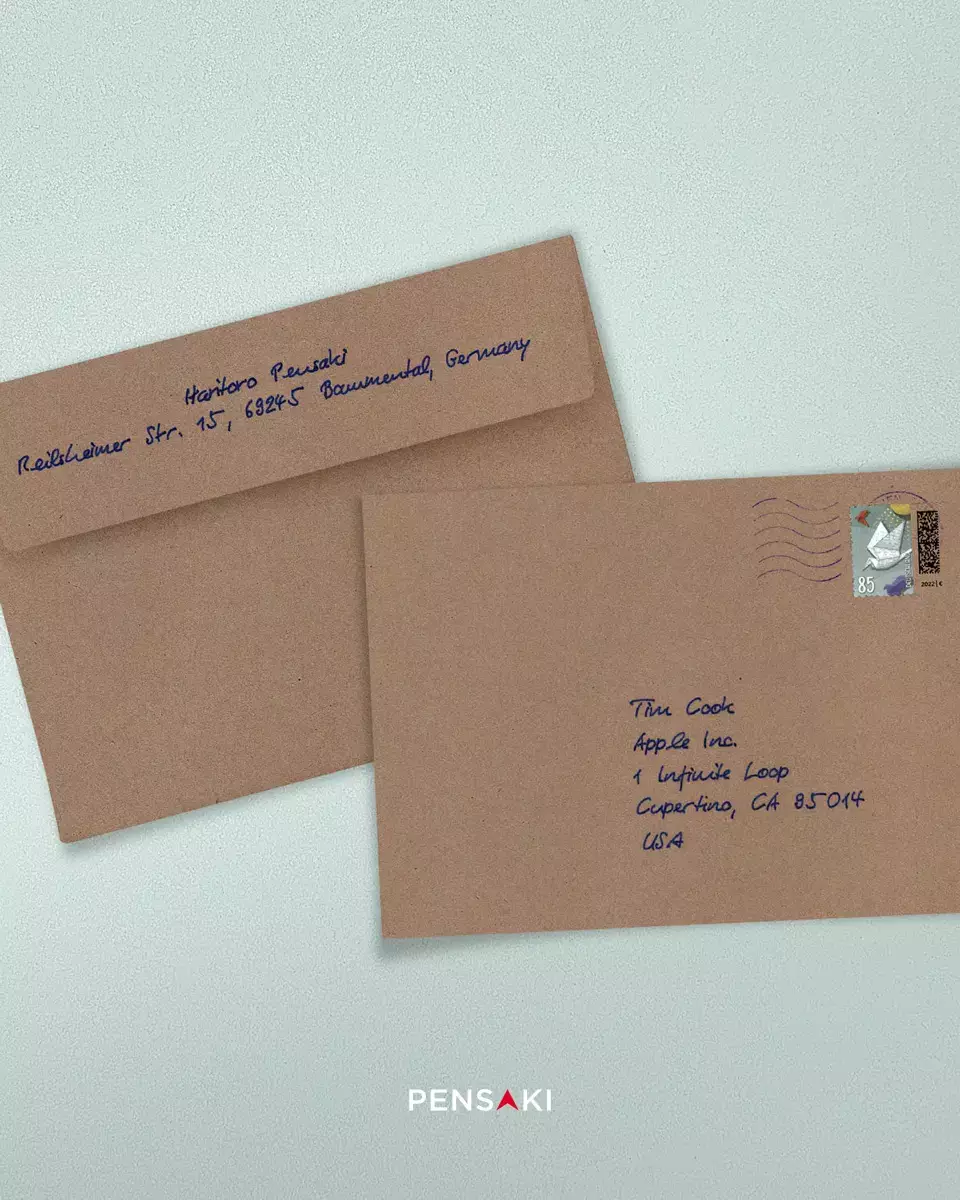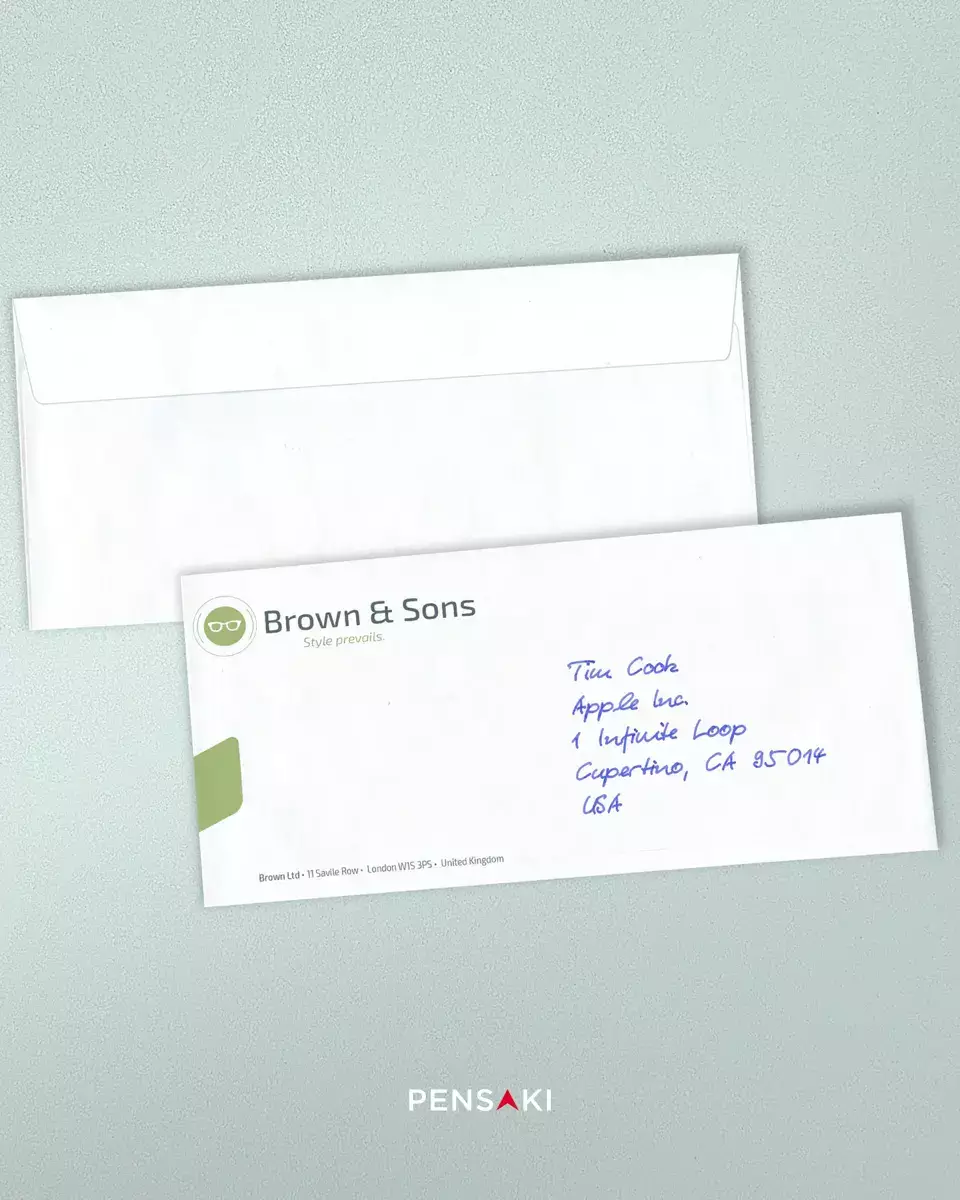Hand-addressed envelopes leverage psychological principles like novelty, reciprocity, and perceived effort to significantly enhance engagement and response rates. Studies and real-world applications, such as BRF-kredit’s success in preventing foreclosures and the Behavioral Insights Team’s boost in tax compliance, demonstrate the effectiveness of this personalized approach. Handwriting signals personal attention, breaking through the digital noise and invoking a sense of obligation and value in recipients. Despite concerns about scalability, evidence suggests that the benefits, including improved communication impact and cost-effectiveness, far outweigh the efforts. This strategy underscores the importance of incorporating human elements into communication to foster deeper connections and achieve desired outcomes, illustrating the practical application of psychological nudges in everyday interactions.
The Subtle Art of Nudging: Design Meets Psychology
Nudging represents a fascinating intersection of psychology and design, subtly guiding human behavior towards more desirable outcomes without imposing strict rules or limitations. At its core, nudging leverages our subconscious tendencies and preferences to encourage positive decision-making. One of the most illustrative examples of this concept in action is the use of a small image of a fly in the urinals at Amsterdam’s Schiphol Airport. This simple yet ingenious design tweak was introduced not just as a whimsical addition but as a strategic move to improve cleanliness. By etching the image of a fly near the drain, the airport effectively utilized a natural human inclination for precision aiming. The presence of the fly acts as a target, engaging individuals in an unspoken game that has a practical benefit: it significantly reduces spillage around the urinal area, leading to cleaner facilities and reduced maintenance costs.
The success of the “fly in the toilet” nudge is a testament to the power of understanding human behavior and utilizing that knowledge to design effective interventions. Unlike traditional methods that might involve signage asking for cleaner usage or more direct measures, nudging works by aligning with natural human instincts and behaviors. This approach not only ensures compliance with minimal resistance but also enhances the user experience by adding an element of interaction with everyday objects. The implications of such a strategy extend far beyond the confines of airport bathrooms. It opens up a realm of possibilities for addressing more complex social and environmental challenges through thoughtful design. Whether it’s encouraging recycling, promoting healthy eating, or increasing savings rates, the principles of nudging offer a blueprint for influencing behavior in a manner that is both effective and respectful of individual freedom.
The utilization of hand-addressed envelopes as a psychological nudge offers a fascinating exploration into the power of personalized communication in influencing human decision-making. This technique leverages deep-seated biases and heuristics that guide our interactions with the world, subtly encouraging desired responses in a manner that’s both effective and ethically grounded. Through the lens of behavioral science, we can understand why such a simple act can have profound impacts on recipient engagement, compliance, and overall responsiveness.
The Psychological Underpinnings
Human beings are innately wired to respond to cues that signal personal attention and effort. The act of hand-writing an address or message taps into several psychological principles:
1. Novelty and Attention: In a digital age, where electronic communication dominates, a hand-addressed envelope stands out as a novel stimulus. This uniqueness captures attention amidst a sea of generic, printed correspondences, ensuring the message is not only noticed but also perceived as significant.
2. Reciprocity and Social Norms: The principle of reciprocity is a powerful motivator in human behavior. When someone perceives that an individual effort has been made specifically for them, there’s a natural inclination to respond in kind. A hand-written note or address can thus encourage a reciprocal action, such as opening the envelope, reading the contents, or completing a requested task.
3. Perceived Effort and Value: Handwriting requires more effort than printing labels or sending emails. This perceived effort increases the value of the message in the eyes of the recipient, who is more likely to engage with it as a result.
Empirical Evidence
Studies and real-world applications provide tangible evidence of the effectiveness of this approach:
- The Danish mortgage bank BRF-kredit‘s replacement of window envelopes with hand-addressed ones resulted in a significantly higher response rate from customers, helping to prevent foreclosures and save substantial financial resources. This success underscores the impact of replacing impersonal communication with a more personal touch.
- Research by Randy Garner highlights how a handwritten post-it note attached to a survey dramatically increases response rates compared to control groups. This effect was attributed to the combination of a novel stimulus (the post-it note) and the personalized, handwritten request, which together broke through the noise of everyday demands for attention.
- Further experimentation showed that personalization, especially when tasks were perceived as more demanding, could elevate response rates to levels comparable with those of simpler tasks. This suggests that the personal touch becomes even more critical as the request’s perceived effort increases.
Practical Implications and Feasibility
Despite potential concerns about the scalability of handwriting addresses or messages on a large scale, the Behavioral Insights Team (BIT) in the UK demonstrated the cost-effectiveness of such nudges in boosting tax compliance. A simple handwritten note stating “This message is important” on tax envelopes significantly improved compliance rates, showcasing an exceptional return on investment. The strategic use of hand-addressed envelopes and personalized messages embodies the essence of leveraging psychological nudges for positive outcomes. It demonstrates that small, thoughtful changes to how we communicate can significantly influence behavior, offering insights valuable across various fields from marketing to public administration. These strategies prioritize the human aspect of communication, fostering a sense of personal connection and respect that automated processes often lack. In doing so, they not only achieve their immediate objectives, such as improved response rates or compliance, but also contribute to a more engaged and responsive society.
This exploration into the power of handwriting as a psychological nudge underscores the broader potential of behavioral science to inform and enhance our communication strategies. By understanding and applying these insights, we can craft messages that resonate on a deeper level, encouraging meaningful engagement and fostering positive outcomes in an increasingly impersonal world.
Be smart and sign up for our newsletter!
Your competition keeps itself up to date.



